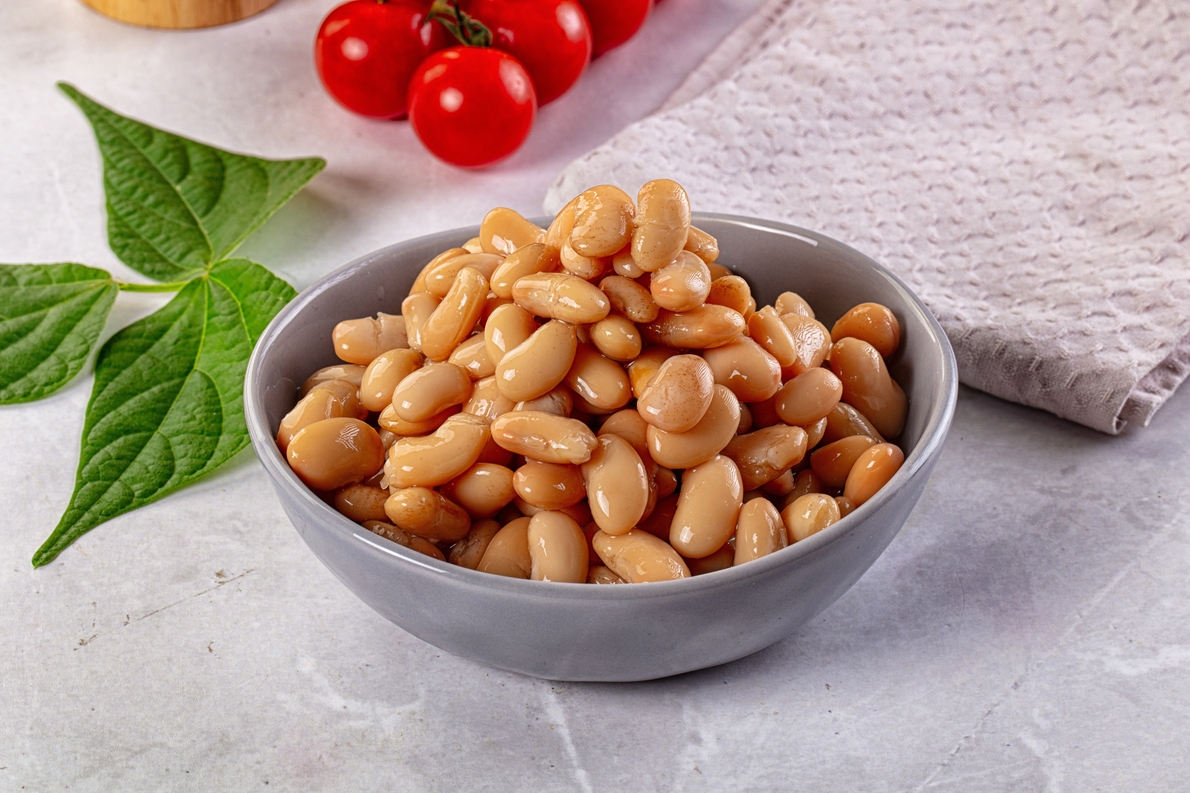Bloat (gastric dilatation) occurs when a dog’s stomach is filled with too much food, liquid, or gas, causing it to expand and put pressure on other organs. This can interfere with blood flow and breathing. In rare cases, a dog’s very distended stomach can then twist or flip; this condition is called gastric dilatation-volvulus (GDV). The “dilatation” is the expansion of the stomach, and the “volvulus” is the twisting. Dogs with GDV require emergency care.
GDV is an emergency
If you suspect that your dog’s stomach is bloated—or that it has flipped and they are experiencing GDV—it is vital that you get them to a veterinarian right away. Bloat itself can usually be managed with supportive care like pain medication and intravenous fluids as long as the stomach is still in a normal position. But dogs with GDV need emergency abdominal surgery to correct the stomach’s position and remove trapped contents. In these situations, time is of the essence—even minutes can make a huge difference in a dog’s outcome.
Signs of GDV in a dog
The two most obvious symptoms of bloat are a distended belly and belching or unproductive retching. A distended belly will present as an obvious change to the shape of your dog’s abdomen. It’s hopefully something you’ve never seen before, and if you do notice it you should get your dog to a vet immediately.
As for unproductive belching or retching, think of how a human might “dry heave.” These signs occur because the dog’s body is trying to remove the contents of its stomach—but it has rotated, so they stay trapped.
The next thing to look for is rapid, shallow breathing and pale gums. Panting can be a perfectly normal way for dogs to cool down—but if your dog’s gums also look pale and they seem distressed or like they’re in pain, that’s a cause for concern. Dogs with GDV also often seem uncomfortable or like they can’t settle down—constantly shifting while lying down, standing up and sitting down constantly, or pacing back and forth to their food or water without eating or drinking.
If you notice a distended abdomen, retching, or signs of pain, consult a veterinarian immediately—dogs with suspected GDV need to be diagnosed and treated as quickly as possible.
What causes GDV, and can you prevent it?
Vets aren’t completely sure about the causes of GDV. There seems to be a genetic component, as certain large, deep-chested dogs are much more likely to suffer from bloat than others. Among them: Great Danes, Doberman pinschers, St. Bernards, Weimaraners, Irish setters, Basset hounds, old English sheepdogs, and standard poodles.
If your dog belongs to a breed that’s predisposed to bloat, it’s advisable to split their food up into multiple meals throughout the day—at least two, and perhaps three if possible. The goal here is to prevent severe stomach distention. Make sure servings are properly portioned according to your dog’s daily caloric needs to ensure you’re never overfeeding. If your dog tends to scarf food too quickly, try using a slow-feeder bowl. You can also divide meals into smaller portions—giving your dog the first half of their meal, then waiting 10 or 15 minutes to offer the rest so they don’t eat too much at once.
While dogs should always have an available supply of fresh water, consider refilling their bowls a little bit at a time so you can control their drinking pace. It’s also a good idea to prevent big dogs from eating large meals and then engaging in vigorous exercise or play.
Some veterinarians perform prophylactic gastropexy, a surgery that tacks a dog’s stomach to the abdominal wall, in order to prevent GDV. While dogs with gastropexy can still develop bloat or a distended stomach, the goal of the procedure is to prevent the stomach from being able to twist—therefore eliminating the possibility of GDV. This is important, but dogs who develop bloat while their stomach is tacked may still require veterinary care.
Gastropexy is most common in breeds that are genetically predisposed to the condition. Talk to your vet about the risks and benefits of such a procedure. The procedure won’t stop your dog from bloating, but if it works it will stop their stomach from twisting.
On a day-to-day basis, the best thing you can to protect your dog is to remain alert to the signs of GDV and act quickly if you see them. And don’t panic; while GDV is serious, it’s uncommon, and the signs are easy to spot if you know what to look for. If you see that your dog is panting, dry-heaving, unable to settle down, or giving other indications that they may be unwell, call your vet right away.




